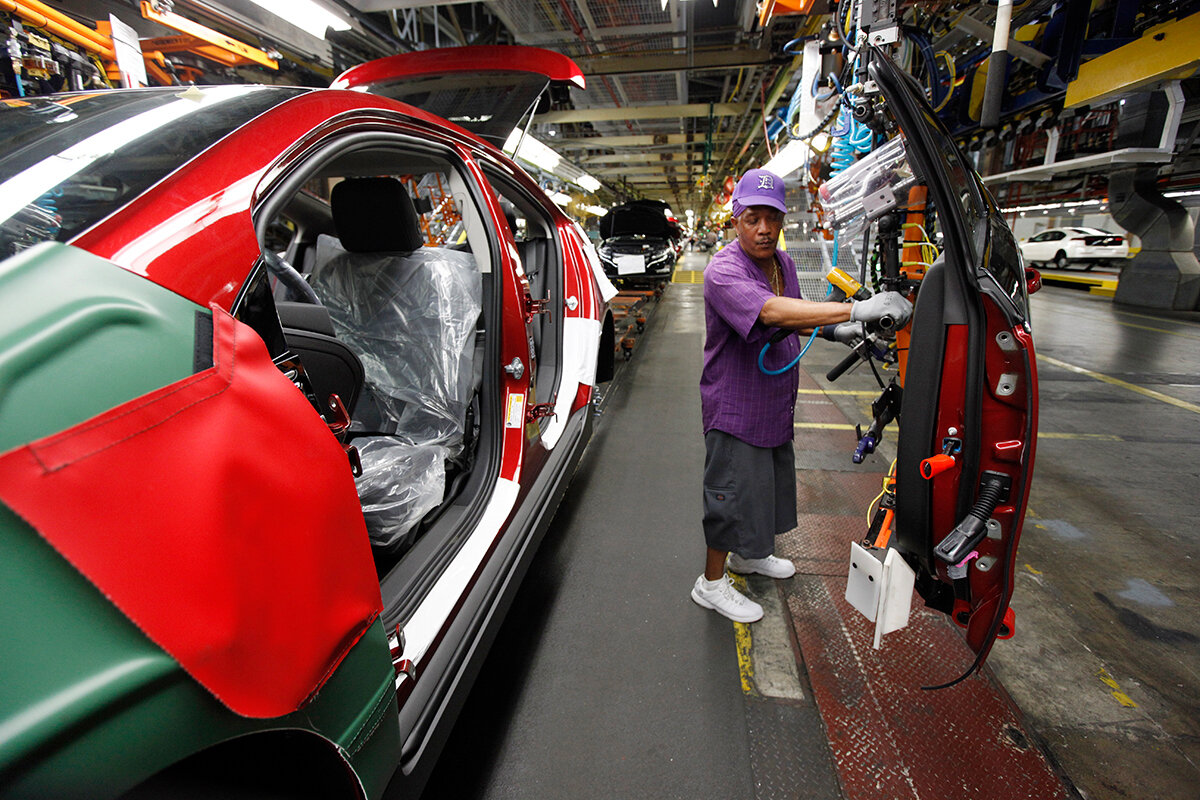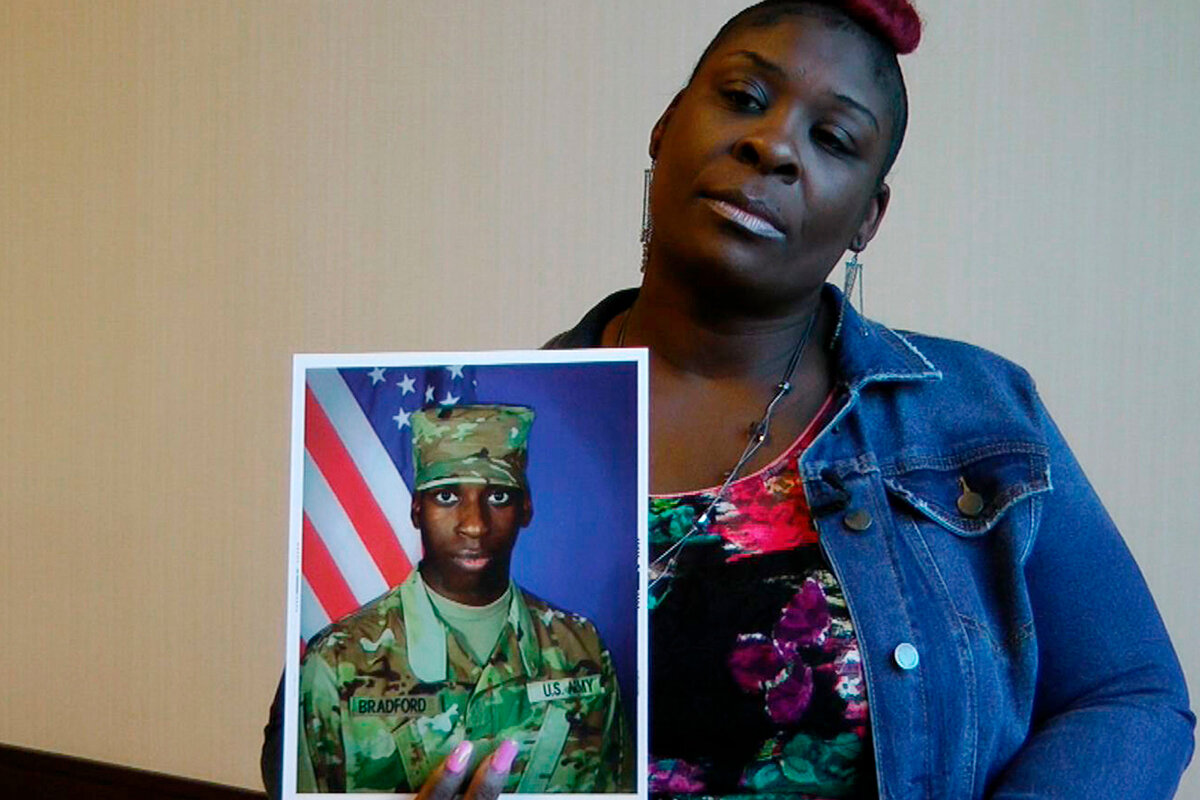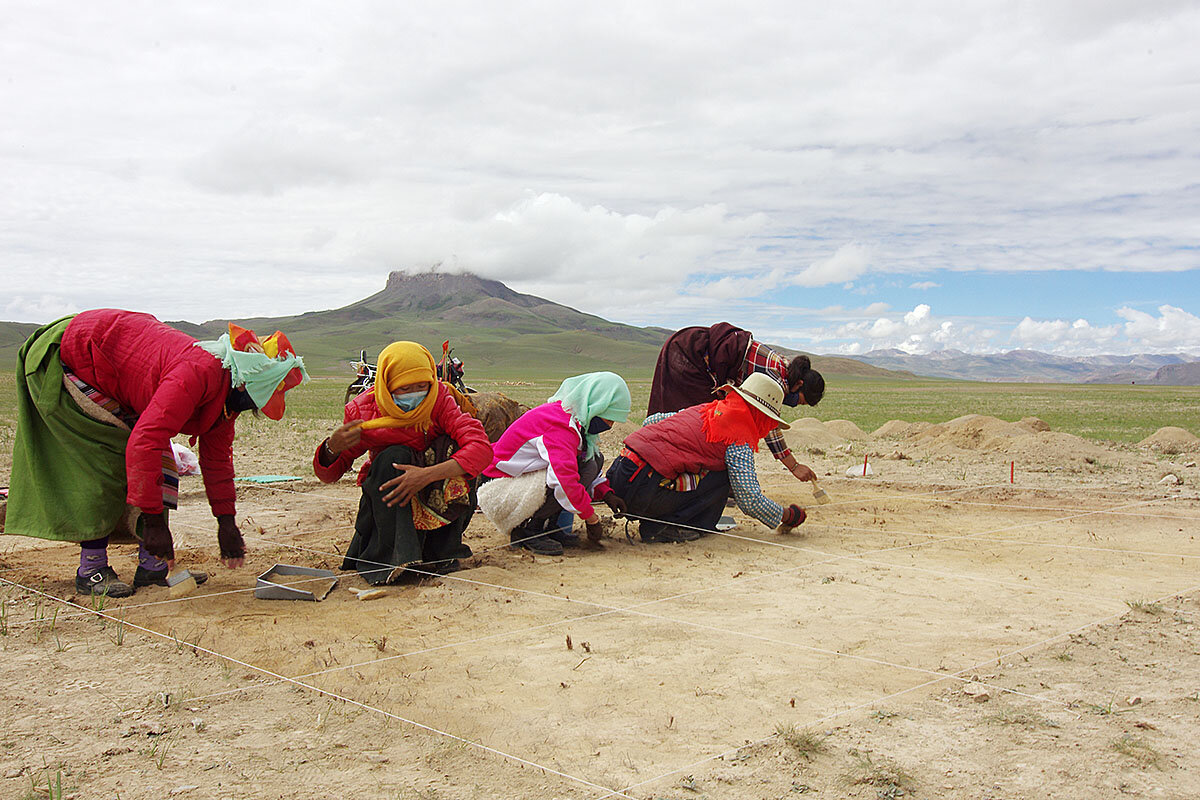Reaching back, to move forward? The GM cutbacks story is actually a piece of something much bigger – and a bit of a paradox.
Monitor Daily Podcast
- Follow us:
- Apple Podcasts
- Spotify
- RSS Feed
- Download
 Clayton Collins
Clayton Collins
Another week of hard news drowned out some quietly compelling stories, including a couple – one playful, one poignant – that highlight the heart-swelling irrepressibility of human expression.
Pro football in the United States hasn’t escaped politicization. But last year the NFL lightened up about on-field celebrations. Players still can’t taunt opponents or delay the game. But they can use the football as a prop in their exuberant shenanigans, and this season players have taken endzone choreography to new heights. Think bowling, or dancing in unison to the Temptations.
And in a week in which reggae, the lilting Jamaican music born of overcoming oppression, was given protected cultural-heritage status by UNESCO, the work of a Michigan musicologist highlighted a very different kind of elevation through song. Two years ago, Patricia Hall made a remarkable discovery while visiting the Auschwitz-Birkenau Museum: musical manuscripts handwritten and performed by prisoners.
Since then she has worked with others to identify the individuals behind the arrangements and bring their work to life. A performance of one of the pieces is to be livestreamed tonight at 8 p.m. ET. (It has also been recorded.)
Generated under duress, the music still somehow retains the power to uplift. Resurrecting it, Professor Hall said, was buoyant work. “[O]ne of the messages I've taken from this,” she told the Associated Press, “is the fact that even in a horrendous situation … these men were able to produce this beautiful music.”
Now to our five stories for your Friday. We look at why political change has come slowly in Mexico, at where being a good Samaritan seems to carry risks, at lessons in human adaptability from the Tibetan Plateau, and more.










